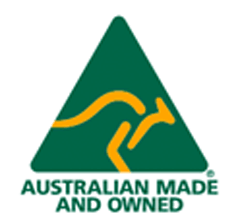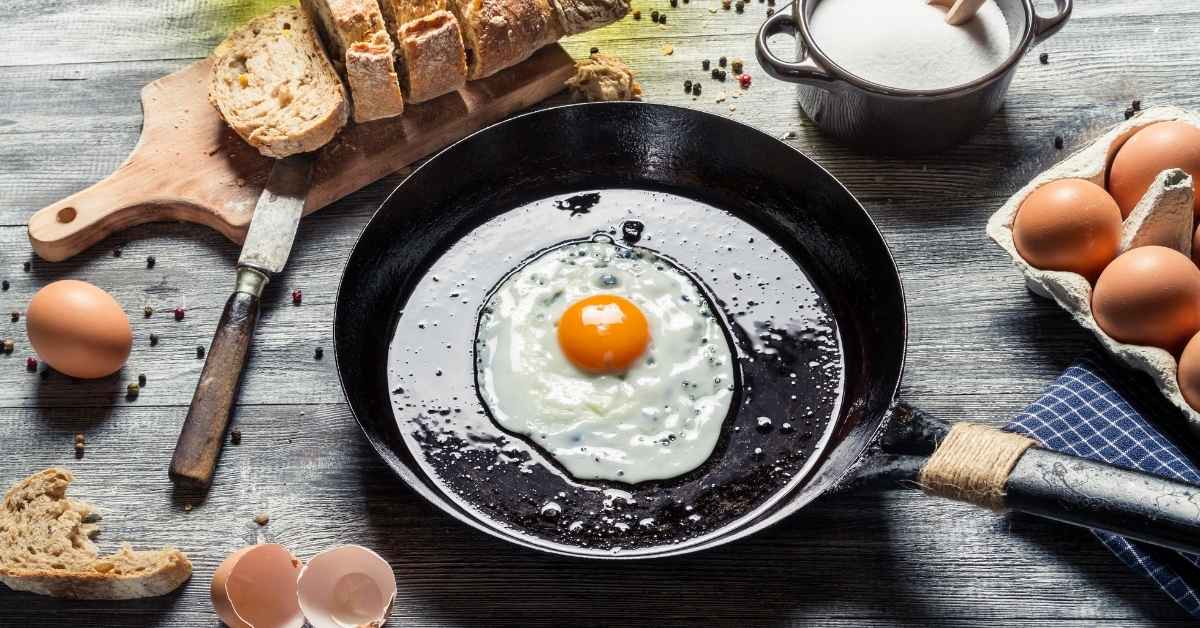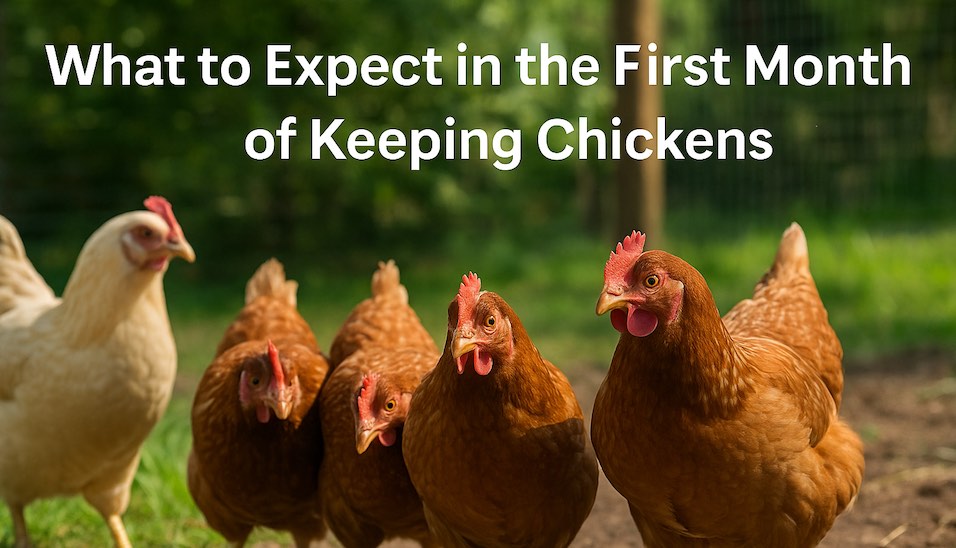How to Make a Chicken Waterer
How to Make a Chicken Waterer - DIY Chicken Drinker Guide
In life, there is nothing more satisfying than doing something yourself.
For a backyard chicken keeper who has spent the time to plan the layout of their coop, the next obvious thing is to install a DIY Chicken Drinking station for your hens.
And Dine-A-Chook makes that fun and rewarding.
With our specially engineered Mains Pressure Chicken Waterer Parts, you can have a low maintenance water hydration system in place in no time.
Read more to find out how to make a chicken waterer.

Step 1: Plan Your Layout
There are definite advantages when you install a mains pressure chicken waterer.
The most obvious is that your poultry always has a supply of water. Say goodbye to topping up a chicken drinker every day or so.
When you plan the layout for the system, you should include the following in your plan:
1. Water Supply
Where is your nearest water supply? Do you need to consider putting in a PVC water pipe to get water from your nearest tap?
If so, it is always advisable to dig a small trench to feed water to the coop. PVC water pipes deteriorate in the sun, so we suggest laying them in a ground trench and using sand to fill under and around the pipe.
The sand prevents the pipe from wearing out by external rubbing on rocks as the water moves through the pipeline.
2. Size of your Mains Pressure Station
Ask yourself how many chickens are in the flock? If you have a medium to large flock, you should be purchasing a mains pressure system with multiple lubing cups so chickens can get access whenever they need.
Generally, one lubing cup is ideal for 4 - 6 birds. So if you have a flock of 12 then 2 - 4 lubing cups is a perfect solution.
- For 4-6 birds - single cup automatic drinker should be enough, but you can get the twin cup as well
- For 6-12 birds - choose a drinker with either two lubing cups or the triple cup drinker
- For 12+ birds - choose the four cup drinker or several of the smaller sizes
Also, you should consider the size of the chicken coop. If it is a big run with plenty of room for each bird, then it would be preferable to install two drinking stations.
3. Location of Drinker
Shade is essential and not optional. You wouldn't like to drink near boiling water and neither would your hens.
The Australian sun is relentless and will heat the water inside any chicken drinker or mains pressure water tank.
Therefore it is crucial you locate your mains pressure tank in a position which allows shade especially during the hours of 10 am - 4 pm.
4. Height of the Drinker
Always consider the height of your smallest hen.
While a big chicken can tilt down to drink from a lubing cup, a little hen cannot grow a longer neck.
Therefore the lubing cup should be at a height which the smallest bird in the flock can access water.
If you are using a nipple drinker system, then the base of the nipple should be at eye level of the smallest chicken.
2. What You Will Need to Build a Chicken Drinker System
The parts you shall need for a simple Automatic Chicken Waterer are all available here at Dine-A-Chook.
You will need the following:
- A 13mm garden hose (or PVC water pipe) to supply water to the Automatic Mains Pressure Tank.
- A mounting bracket for the tank (our drinkers come with the mounting brackets)
- Brass or plastic 13mm inlet for the hose to connect to as well as a stainless steel clamp to hold the hose in place
- A ready-built mains pressure drinker or just the mains pressure water header tank for custom solutions
- If you choose just the header tank, make sure to also get the lubing cup fittings you need
- A solid timber board or stud to fit the bracket of the Water tank.
- Some Galvanised Screws to attach the bracket to the timber.
You can buy all the above in two available kits ready for you to DIY install.
We have everything you need available in DIY kits with 3 different size options. Single Cup Mains Pressure System, Twin Cup Mains Pressure Drinker and for larger flocks our Four cup Mains Pressure System.

3. How to Install an Automatic Chicken Waterer
The best part about the Dine-A-Chook system is we have made everything so simple.
Connections are made to be so easy. You don't need a plumbing or engineers degree. And when we say easy, our system makes Lego look hard.
Once you have a water supply available in your shady spot, follow these simple instructions and your Automatic Chicken Waterer will be up and running in 15 mins or less.
- Connect the outlet piping supplied to the base of the Water tank.
- Fit the lubing cups.
- Determine the reach height of the smallest bird and work out the height of the lubing cup from the ground. Now mark on the timber frame where the mounting plate for the tank will be.
- Fit the tank to the mounting bracket.
- Fit the nylon inlet valve. Now slide the stainless steel clamp onto the garden hose, fit the garden hose firmly onto the nylon inlet valve and clamp securely into place.
- Go turn on the water.
*Critically Important - Always monitor for the first few hours so you can ensure the smallest bird in the flock can access the water in the lubing cup. If the bird cannot access the water, slightly lower the position of the system.
Congratulations. You now have an automatic mains pressure system installed in your chicken coop!
Other articles to read about Mains Pressure Chicken Systems include:
- How to clean a Chicken Lubing Cup
- Guide on building a chicken drinker system
- Lubing drinker cups guide and changing a drinker float
Frequently Asked About Chicken Waterers
How long does an Mains Pressure Chicken Waterer last?
There are a number of factors that determine how long a chicken waterer shall last. If the system is in a sheltered position, it should last for many years of trouble-free service. You should always keep an eye on the hose which feeds the tank water as this will deteriorate if in the sun.
How do I clean the lubing cup?
Cleaning the lubing cup is very easy. If it looks soiled or has not been cleaned for a while, just hose it out under some good pressure and it will come up like new. The pressure of the hose will not damage the lubing cup or float. If you have allowed grime to build up, clean with a cloth and some vinegar then hose off.
Can the chicken waterer go in the sun?
You wouldn't like a cup of boiling water to drink and neither would the chickens, so to make their drinking water refreshing, your chicken waterer should be placed in a cool shaded position.





